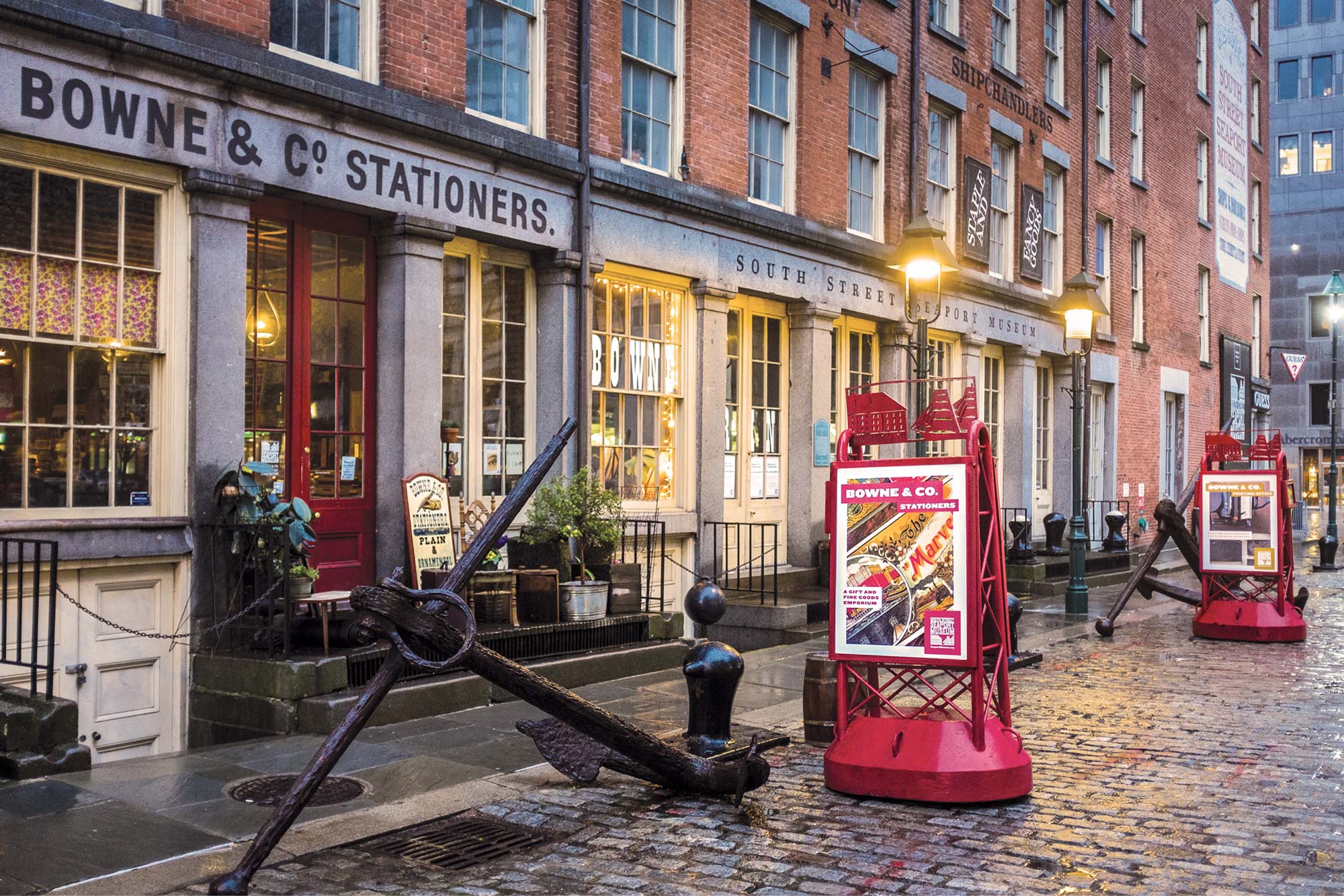Please Note: You are viewing an archived page, in most cases these pages are no longer actively maintained and because of that may contain inaccurate or out-of-date information. These pages are left publicly viewable to preserve institutional memory and to allow the public to learn more about the types of programs, activities, and content created and made available by the South Street Seaport Museum throughout its history.

A New Life for Peking | Full Restoration Planned in Hamburg
Special Message from Captain Jonathan Boulware, Seaport Museum Executive Director
Dear Friends:
The South Street Seaport Museum is moving forward. Shaking free the challenges of recent years, we have regrown programming, we have restated the purpose of the Museum to a new generation of New Yorkers, and we have reestablished the Museum’s role in the district and in the City. With the support of the New York City Department of Cultural Affairs, Manhattan Borough President Gale Brewer, City Council Member Margaret Chin, Mayor Bill de Blasio, and many others, we have begun the rebuilding of an organization that does what no other in New York can. The Seaport Museum preserves and interprets the original fabric of Where New York Begins.
There are two specific things to be excited about at this moment:
First, the 1885 ship Wavertree will return on the 24th of September, 2016 after an unprecedented 15-month, $13 million, City-funded, DDC-managed restoration. The work represents a “reset” of the ship’s condition. No part of the ship is untouched. From the keel to the mainmast truck, from stem to stern, Wavertree is in better condition than she has been in since she was sailing in the early 1900s. The project establishes a new baseline and ensures her future for decades to come. New York has become a leader in ship preservation. No municipality has undertaken a project like this one in our lifetimes, perhaps ever.
Second, the Seaport Museum has for the second time ensured the future of the 1911 barque Peking. Had the Museum not purchased her in 1974, she’d have gone to scrap then. And had we not worked so diligently in recent years to find a suitable home, the same fate may well have befallen her. Peking will soon get the same scale of restoration as Wavertree; Stiftung Hamburg Maritim, the maritime museum of Hamburg will spend some 30 million euros on her restoration. On September 6th she’ll leave Pier 16 for Caddell Drydock where she’ll spend the winter in preparation before a spring transfer to Germany in a dockship. Although it will sadden many of us for her to leave New York, we have given Peking an outstanding new home in the city of her birth, which has ample funding available for her restoration.
With Wavertree’s return, the Seaport Museum will still have a mighty sailing ship at its pier. And with the right support and proper berthing space, we’ll again celebrate the Street of Ships by adding visiting vessels such as the USCG barque Eagle. In this we have taken a sensible tack. When massive sailing ships like Peking and Wavertree were in service, they were financial engines. The cargoes they carried paid for the crews that manned and maintained them and for the massive refit and repair bills in shipyards all over the world. Without that influx of revenue, the maintenance of a 3,200-ton ship is a massive undertaking for a non-profit museum. Two is impossible. Evidence to support this lies in a simple fact: no other maritime museum in the world has two huge sailing ships. Since there’s a direct relationship between tonnage and cost, we have been “over-shipped” and under-resourced for decades.
All of this is good for our Museum; it will allow us to focus our growing resources on a leaner fleet. It’s also good for Hamburg; they’ll have a restored ship they can be proud of. And it’s good for Peking; she’ll have the resources and the attention she deserves.
Just as Peking is the right ship for Hamburg, Wavertree is the right ship for New York and for the Seaport Museum. She’s the very type of ship that built our city. The story of the port of New York is replete with ships like Wavertree—humble, unassuming ships that for a century plied the world’s oceans driving the trade, immigration, and cultural exchange that made New York the first modern world city.
When Wavertree returns to the Seaport Museum in September, she’ll form a meaningful connection between 19th century New York and the modern city. She’ll be in “Bristol” condition and ready to receive tens of thousands of school children and members of the public. And after the massive restoration we’ve just undertaken, we will be proud of our ship—New York’s ship.
Building on these successes, the Seaport Museum will reopen its landside galleries and education spaces. We’ll build on our educational mission to grow programming for visitors of all ages, both the programs we’ve done well in the past and those we now envision. We have come a great distance in the past few years and much, much more is to be done. But the tide has turned and the wind is in our favor. Wavertree’s return in September is a milestone stride forward into the new South Street Seaport Museum.
We look forward to the opportunities, challenges, and growth the future holds and we hope you—friends,
volunteers, supporters, and members—will be along for the voyage.
Onward!
Captain Jonathan Boulware
Executive Director
For full press-release please click HERE.
 |
 |
 |
 |
Please e-mail [email protected] for more information.

